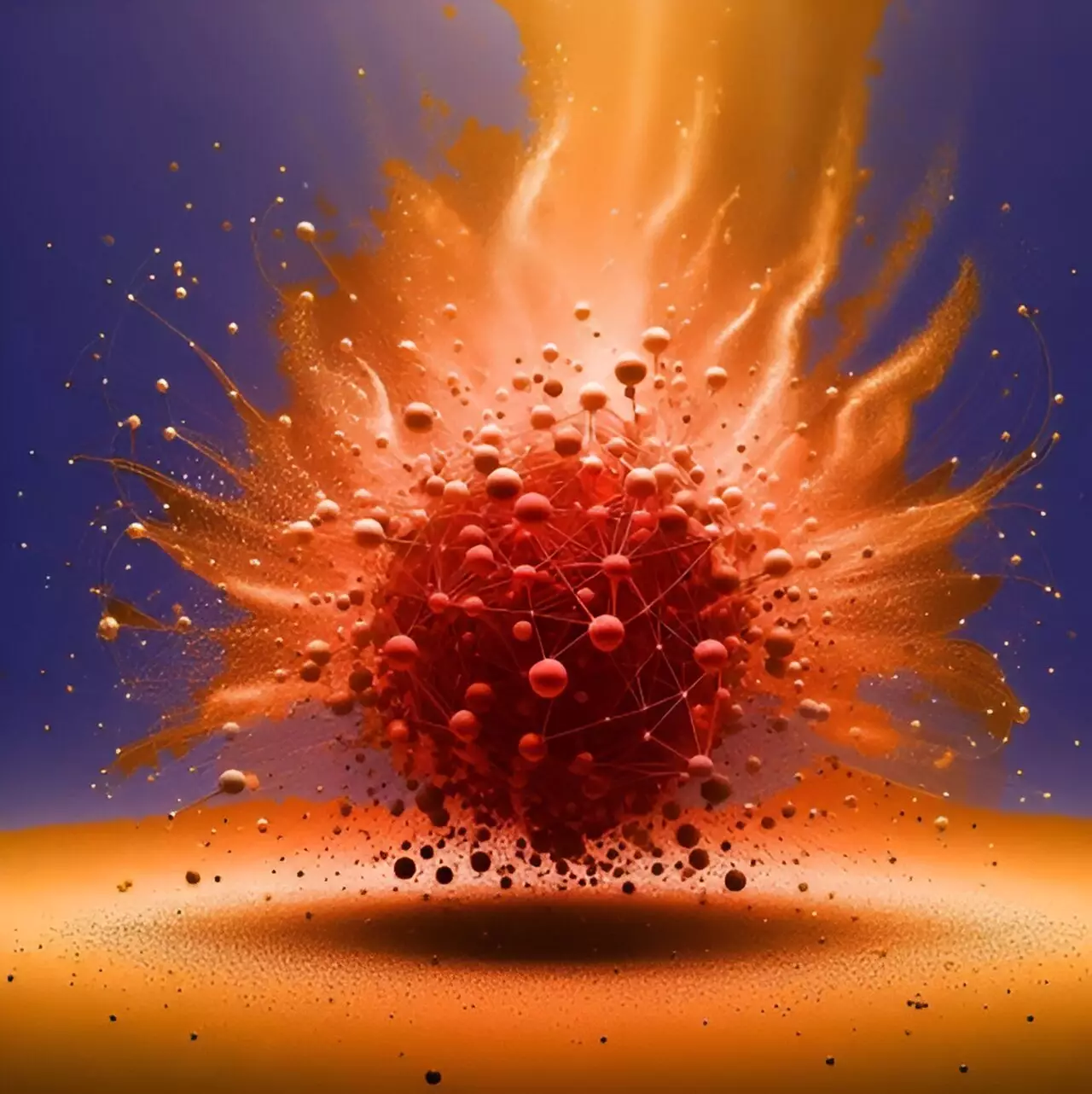In the nascent moments following the Big Bang, the universe experienced temperatures that were an astonishing 250,000 times hotter than the core of our sun. Such extreme conditions defy comprehension, rendering it impossible for protons and neutrons—the building blocks of all matter—to coalesce. Instead, what existed was a violent, chaotic soup dominated by quarks and gluons, fundamental particles that, under normal circumstances, form protons and neutrons. The mind-boggling heat of these primordial moments sets the stage for a crucial question: How did matter as we know it begin to form?
To explore the exotic conditions reminiscent of that early universe, scientists turn to particle accelerators, colossal machines that smash atomic particles together at almost the speed of light. The collisions generate a cascade of debris—the remnants of this high-energy encounter—which serve as a laboratory for understanding the fundamental forces that governed the early universe’s evolution.
Reviving the Early Universe: Particles and Origins
After these energetic collisions, scientists meticulously sift through the ensuing showers of particles. Interestingly, recent findings have illuminated a surprising aspect of how these particles emerge. It turns out, a staggering 70% of the measurable particles arise not directly from the initial quantum soup of quarks and gluons but from subsequent reactions that started a mere millionth of a second after the Big Bang. This revelation, documented in the journal *Physics Letters B*, fundamentally shifts the way physicists approach studies of matter’s genesis.
With this knowledge, researchers are keenly aware that to accurately glean the truths of the universe’s infancy, they must distinguish between the two origins of matter. If we hope to decode the intricate tapestry of existence stitched together in the universe’s first moments, only particles born from that chaotic soup truly reflect the primary formation processes.
The D Mesons and the Charmonium Surprise
A particular focus in this realm has been directed towards D mesons, a type of meson that has demonstrated a curious ability to interact to create the elusive charmonium. Historically, scientists have debated the significance of this reaction. Because charmonium is rare, capturing accurate measurements has proven challenging. However, new experimental data from collaborations between Yale and Duke University have shed light on this phenomenon, revealing an astonishment: a significant majority of the charmonium particles detected were indeed formed from later reactions rather than the primordial conditions.
The implications of this discovery are profound. Researchers now recognize that understanding how charmonium is produced could unlock secrets about the fundamental forces and interactions that shaped the universe. The overwhelming majority of charmonium being formed in such a surprisingly ordinary fashion suggests that the universe may have harbored many more surprises from its cosmic youth than previously thought.
The Expansive Fireball of Cosmic Evolution
As the universe evolved, this hot soup of subatomic particles cooled and expanded, similar to a fireball evolving in the divide between mystery and clarity. This phase occurred at a breakneck speed, clocking in at a fraction of a second—far less time than it takes light to traverse an atom. Exploring how this expansion unfolded, however, remains a challenge for cosmologists and physicists alike. The new calculations suggest that even without a complete understanding of the precise mechanics behind this rapid expansion, the significance of charmonium production stands out undiminished.
Consequently, the findings push the boundaries of our comprehension. They signify that even amid the swirling complexity of emergent matter formations, the production of particles like charmonium is a constant, reaffirming the intricate dance of interactions that continue to unfold in our universe.
Far More than Expected: A Shift in Perspective
This fresh assessment into how matter forms offers an invigorating perspective on the very nature of existence. The ability of later reactions to influence what we’ve long considered the primordial state of matter challenges and complicates the previously simplistic models of the universe’s infancy.
Understanding how significant later particle formation is allows scientists to recalibrate their theoretical frameworks, potentially revolutionizing our grasp on cosmic origins. As the implications of this step forward continue to reverberate through scientific discourse, we might find that our ideas about the early universe are not only enlivened but wholly transformed. The complexities of matter, born from both primordial chaos and emerging cosmic reactions, remind us of the intricate ballet of creation still playing out in the grand theater of the cosmos. The universe, it seems, holds on tightly to its secrets, inviting us to discover more, one particle at a time.


Leave a Reply